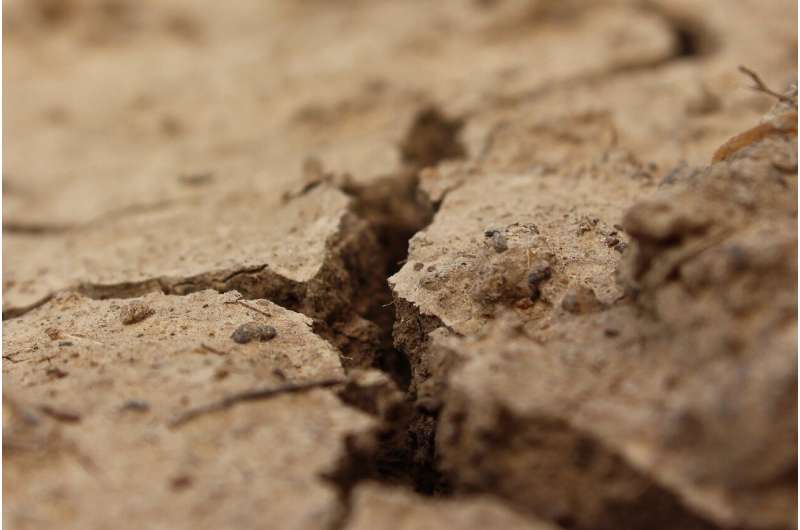Novel method to quantify decomposition of rhizodeposits

Rhizodeposition of labile organic carbon is one of the main pathways linking above- and below-ground biota to affect soil carbon cycling. Rhizodeposition is also a strategic physiological process for plants to cope with environmental stress, such as nutrient deficiency and drought, via the interaction with microbes. Nevertheless, separating decomposition of rhizodeposit carbon from root respiration in intact plant-soil systems has not yet been achieved due to methodological limitations, even though rhizosphere respiration has been intensively investigated.
Recently, Prof. Jiang Yong's Lab from the Institute of Applied Ecology of the Chinese Academy of Sciences (CAS) used a novel approach to separate soil respiration into root respiration, decomposition of rhizodeposit carbon, and decomposition of soil organic carbon (SOC).
The researchers applied a 13C pulse label to intact plant-soil cores and measured δ13C values of the separate components of soil respiration simultaneously (i.e., root respiration, decomposition of rhizodeposit carbon, and decomposition of SOC). Then, two-source isotopic mixing models were used to sequentially separate root respiration and then decomposition of rhizodeposit carbon from total soil respiration rates in planted pots.
They found that the cumulative rhizodeposit carbon decomposition and root respiration, respectively, accounting for 7-31% and 52-76% of the cumulative soil respiration.
"The cumulative rhizodeposit carbon decomposition was of a similar magnitude to the cumulative SOC decomposition, indicating that rhizodeposit carbon decomposition is a fundamental process that should not be overlooked in studies of the terrestrial carbon cycle," said Prof. Jiang.
Related results entitled "A novel 13C pulse-labeling method to quantify the contribution of rhizodeposits to soil respiration in a grassland exposed to drought and nitrogen addition" has been published online in New Phytologist as a methods paper.
This study was financially supported by the Australian Research Council, the National Natural Science Foundation of China, and the Youth Innovation Promotion Association of CAS.
More information: Ruzhen Wang et al. A novel 13 C pulse‐labelling method to quantify the contribution of rhizodeposits to soil respiration in a grassland exposed to drought and nitrogen addition, New Phytologist (2020). DOI: 10.1111/nph.17118
Journal information: New Phytologist
Provided by Chinese Academy of Sciences




















